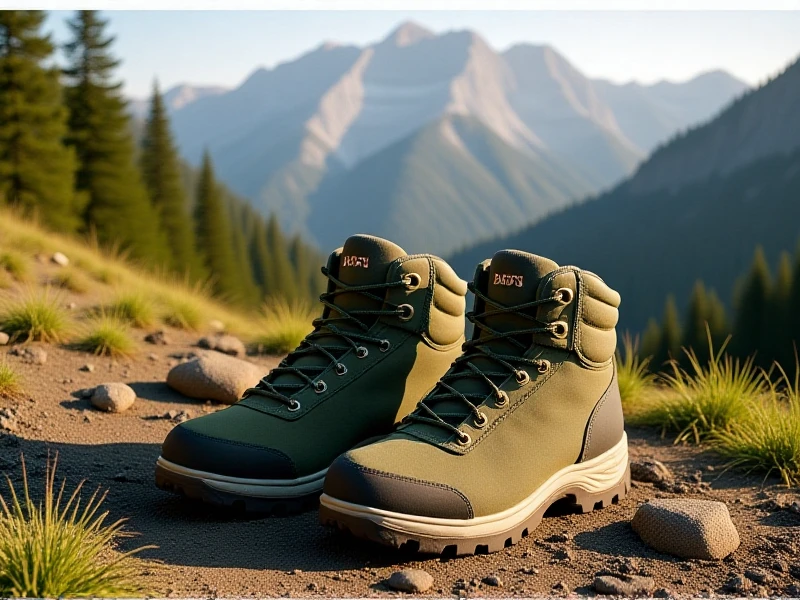
Your Ultimate Guide to Choosing the Best Mountaineering Footwear
Outline:
- Title:
- Introduction: Introduce the importance of proper footwear for mountaineering.
- Key Features: Discuss essential features such as ankle support, grip, waterproofing, insulation, and durability.
- Selection Tips: Provide tips on how to choose the right mountaineering boots based on terrain, weather, and personal fit.
- Maintenance: Briefly cover how to maintain and prolong the life of the boots.
- Conclusion: Reinforce the importance of investing in quality footwear for safety and comfort.
Let's write the article in a natural, engaging tone.
Selecting proper mountaineering footwear isn't just about comfort—it's a critical safety decision. Whether tackling glaciers, scrambling over scree, or navigating wet trails, your boots become your foundation. Understanding key features helps ensure every step counts toward summit success.
Technical construction separates mountaineering footwear from regular hiking boots. Look for sturdy ankle support crafted from abrasion-resistant synthetics or full-grain leather, minimizing twists on uneven terrain. Outsoles deserve equal attention: opt for aggressive Vibram® lugs that grip rock and ice, coupled with self-cleaning tread patterns to shed mud. Waterproof membranes like Gore-Tex® provide vital protection against streams and wet snow while maintaining breathability during exertion—a must for multi-day trips.
Insulation levels vary based on altitude and season. For 3-season ascents below 13,000 feet, moderate insulation paired with moisture-wicking linings balances warmth and ventilation. High-altitude or winter expeditions require thicker thermal barriers, often including removeable liners. Remember: cold feet derail missions faster than storms. Fit remains non-negotiable. Prioritize designs accommodating thick mountaineering socks without creating pressure points. Always test boots with a loaded pack; your toes should never jam during descents. Width adjustments via BOA dials or precision lacing systems customize lockdown, preventing heel lift.
Seasonal specialization matters. Summer-focused footwear emphasizes lightweight construction and ventilation, crucial when covering long approaches. Conversely, double-layer plastic boots provide unparalleled warmth for glacial travel or Denali-grade expeditions. Hybrid models strike versatile balances, making them ideal for variable alpine climbs where route conditions shift unexpectedly. Post-adventure care prolongs boot life. Remove insoles to dry naturally after expeditions. Treat leather regularly with conditioner and re-waterproof fabrics annually using manufacturer-approved products—deteriorated water protection risks dangerous saturation.
Investing in purpose-built mountaineering footwear transforms mountain experiences. Technical trails demand footwear engineered for relentless punishment, ensuring stability when exposure increases. After all, confidence begins where rubber meets rock. Equip wisely, and let the ascent begin.